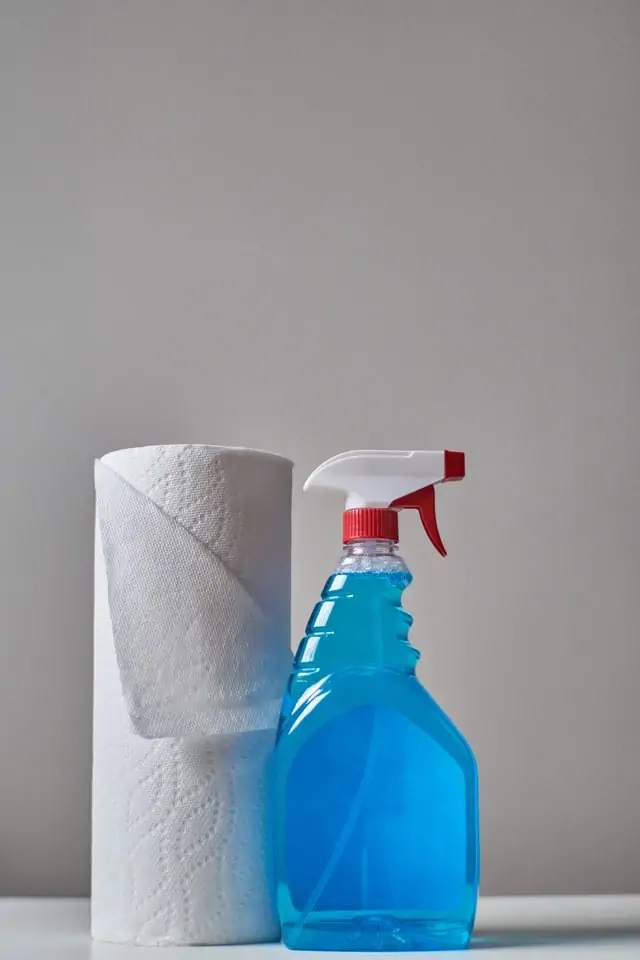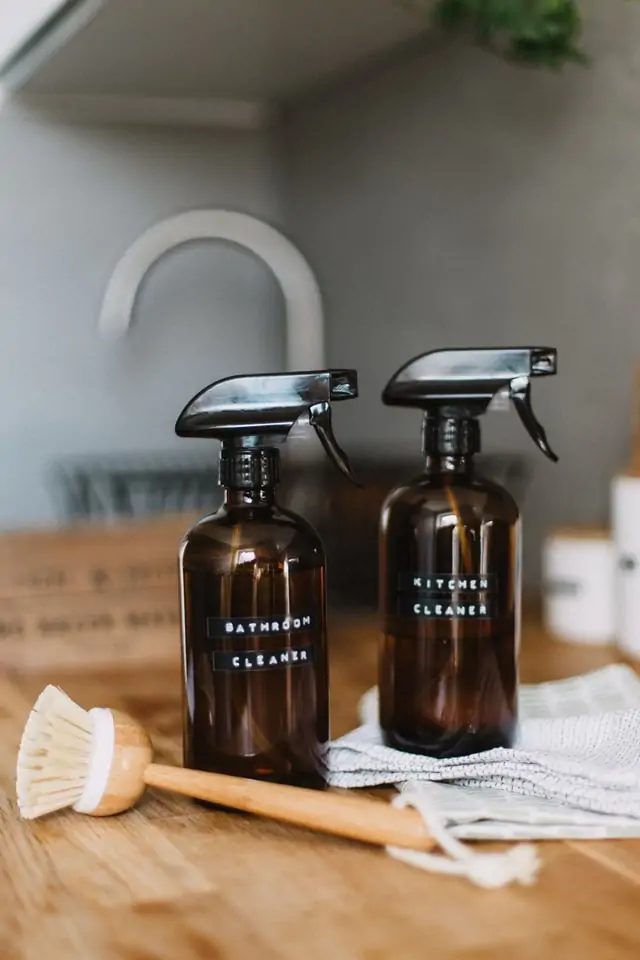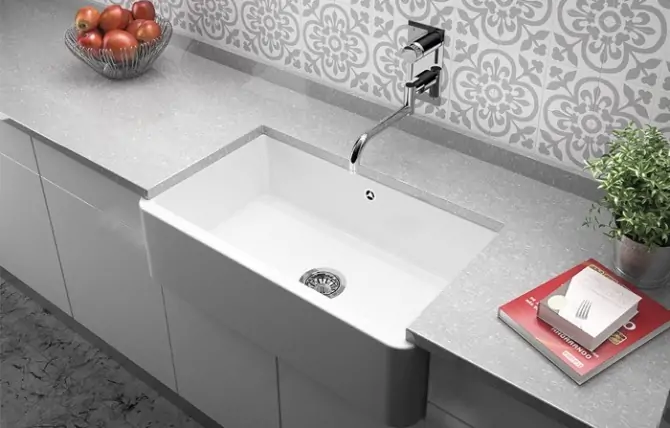How Clean is Your House


At times like this the term “clean” has never been more relative; with invisible viruses and bacteria evading the most skilled and experienced cleaner, it’s easy to become paranoid and anxiety-ridden.
The following text is designed to help alleviate any doubts/worries you may have around getting your house “corona-free” so you can focus on the more important things.
This article has been compiled using a collection of informative documents from expert bodies; for you own reference if you’d like to explore further, you can do so by using the following links:
HSE National Cleaning Standards Manual (Ireland)
Centers for Disease Control and Prevention (United States)
Soap & Water

The first line of defense against a virus such as COVID-19 seems to be ‘an oldie but a goodie’. According to the CDC (the United States Centers for Disease Control and Prevention) the first step against COVID-19 is to “…clean surfaces using soap and water. Practice routine cleaning of frequently touched surfaces.”.
Frequently touched areas require round-the-clock attention and cleaning and will include sites such as tables, doorknobs, light switches, countertops, handles, desks, phones, keyboards, toilets, faucets, sinks, etc.
Disinfecting Your Home
Once a surface has been scrubbed and cleaned with organic materials such as soap and warm water, it is time to begin escalating the cleaning ritual.
Provided the surface is suitable (some materials are not intended to be cleaned by any noxious/abrasive chemicals so make sure to read your product’s cleaning manual before applying any chemicals e.g. hardwood/stone countertops, sinks...etc.) to come into contact with the chemical you intend to use, source high quality chemical solutions which are in date and are from a reputable brand and begin to clean the surface. (Note: Check the sell-by date as expired cleaning chemicals may lose their effectiveness or may have already begun to degrade as they begin to expire past their sell-by date rendering their cleaning properties potentially ineffective)
As always, when using bleach, manufacturer precautions apply and always read the label - i.e. well ventilated areas, don’t mix with ammonia, wear gloves...etc.
The most common household cleaning chemicals are standard household bleach and Milton, or alcohol solutions. Manufacturers recommend the following steps for preparing the aforementioned chemicals into cleaning solutions;
Bleach: a standard guideline for preparing a bleach solution is 1:10 (i.e. 1 part bleach to every 9 parts water) - [different manufacturer’s will vary and remember to check your own specific bleach product before preparing any solutions]
Milton Sterilising Fluid: This product has a distinct advantage over bleach for use on surfaces which may come in contact with food, young children or infants as, although it can kill 99.9% of germs, it is non-toxic. Milton states on it’s website: “toxicity in hypochlorites is due to the by-product of their decomposition, sodium chlorate. With the heavy ions removed Milton decomposes into water and a small amount of sodium chloride (salt).”.
Dilute 90 ml (3 capful) of Milton Fluid or 3 Milton Tablets in 5 litres of cold water (dilution at 1.8% v/v). Surfaces are disinfected after 15 minutes.
Beyond keeping surfaces clean, governing bodies have the following to further add to cleaning habits during COVID-19.
Laundry
In relation to doing laundry during a contagious virus/disease outbreak the goal is to limit your physical contact with the clothes. Although most viruses/bacteria will be eradicated during the washing process, through the touching of the clothes with exposed hands post-wash, you’ve effectively cancelled any of this out in an instant.
The CDC advises the following steps:
- Wear disposable gloves
- Wash hands with soap and water as soon as you remove the gloves
- Do not shake dirty laundry.
- Dirty laundry from an ill person can be washed with other people’s items.
- Clean and disinfect clothes hampers according to guidance above for surfaces.
- Launder items according to the manufacturer’s instructions. Use the warmest appropriate water setting and dry items completely.
Regular Hand-Washing Hygiene
In regards to personal hygiene, particularly hand-washing, the CDC advises:
- Wear disposable gloves
- Wash your hands often with soap and water for 20 seconds.(Always wash immediately after removing gloves and after contact with an ill person.)
- Hand sanitizer: If soap and water are not readily available and hands are not visibly dirty, use a hand sanitizer that contains at least 60% alcohol. However, if hands are visibly dirty, always wash hands with soap and water.
- Additional key times to clean hands include: After blowing one’s nose, coughing, or sneezing; After using the restroom; Before eating or preparing food; among others...etc.
- Avoid touching your eyes, nose, and mouth with unwashed hands

Shopping from Ireland? Click Here

Go back to resource page
